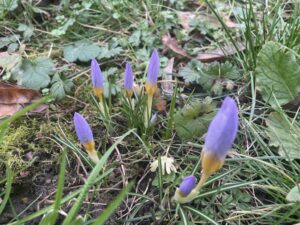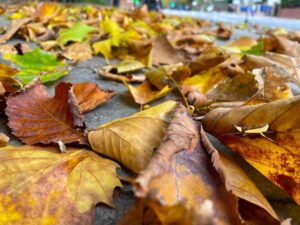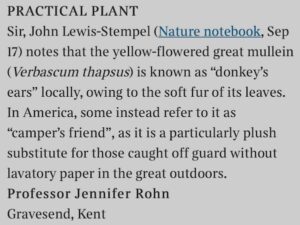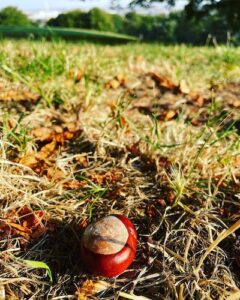Our migration is complete: my lab now has a new home. And for me, a new office space.

The secret to my scientific success?
Numerous studies have scrutinised the effect of environment on work productivity. Anecdotally, I know that my own focus and output are greatly enhanced by my surroundings. Until my workspace is tidy, I cannot seem to muster the mental intensity needed to sink into my work, especially creative tasks such as writing a grant or paper, or planning a long-term research strategy.
Albert Einstein once famously quipped “If a cluttered desk is a sign of a cluttered mind, of what, then, is an empty desk?” I would argue that everyone has her own work style, and in a digital age, there is no need for the perilous stacks of scientific papers that used to be the mainstay of professorial desks (and still are, among the older set. I’m looking at you, new office-mate). These rectangular columns – stalagmites of pure knowledge, precipitated into paper and toner – used to sprout from every available surface of all “serious” desks, with bonus points for colonising most of the floor as well. Additional specimens were captured into heavy ring-binders and lined up on dusty shelves, never to be consulted again. The more obsessive would further encase each individual article into a plastic envelope, which makes recycling a nightmare. And I should know, having spent many hours last week disposing of dozens of these binders when we were clearing out the new space – the most recent articles dating from the mid-Nineties.
But these desk stacks loom large in my memory. Whenever I’d sit in the office of an established scientist, the sheer mass of their scholarly learning would engender a sense of awe and respect in my much-younger self. As a PhD and postdoc I devoured an awful lot of papers, but would I ever reach this particular boss level? Now I know, from experience, that many never bother to actually read the papers they print out. Rather like a well-stocked vegetable drawer rotting by the end of each week, the accumulation alone already seems to tick some sort of box.
I do, very occasionally, print out an article so that I can scribble on it and, in doing so, organise my thoughts. (Online annotations don’t seem to have the same cognitive effect). And even more rarely, I store them for future reference. But once the paper/grant is out the door, the article is off my desk and into the recycle bin. The older I get, the less tolerance for clutter I can muster. So after the big office purge last week, I was surprised to find that I wasn’t able to fill even a small fraction of the modest shelf space above my new desk. I even lined up notebooks and protocols from my postdoc days just to make the place look a bit more lived-in. But the spareness suits me well, and I’ve already shepherded a revised a manuscript and a grant rebuttal out the door, and made good inroads into my next grant application.

A lab with a view
The lab is also looking great. But I need more grants to keep up the momentum. I’m fine for people (we’ll have a total of five come autumn), but when I’m lacking is funding that buys out my research time from teaching. If none of the four outstanding bids come through by the end of the year, I’m hopeful they’ll let me bridge the gap with a period of full-time teaching. Of course, my research would be relegated to evenings and weekends (putting my work-life balance on hold for while), but in the absence of a permanent position, I’ve been gambling with this sort of jeopardy for decades. It no longer has the power to frighten me. Things will work out – or they won’t, and I will do something else. Meanwhile, I’m whooping in the front car of that downward roller-coaster, waving my arms in the air and enjoying the ride while it lasts.











